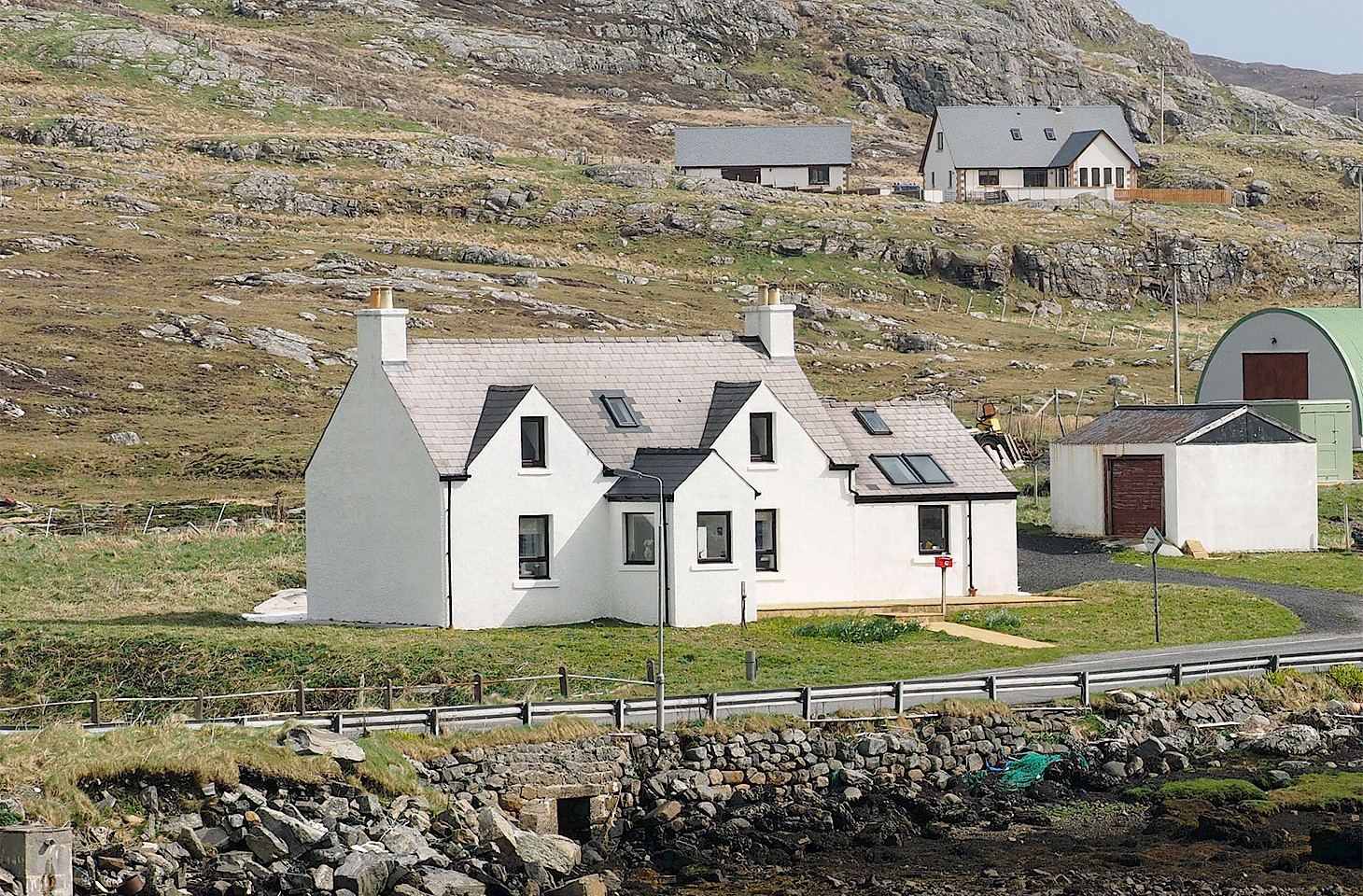Britain has this year recalled the tragic events of a hundred years ago when Captain Scott and members of his ill-fated Terra Nova expedition perished in Antarctica on their return journey from the South Pole. But in Russia it is two other polar region expeditions that have this year made centennial headlines.
This is the story of two extraordinary journeys by Russian explorers. Both expeditions set out from Russian ports in 1912. Both were failures. The survivors returned together in one ship two years later after one of the most felicitous chance encounters in history.
Georgy Yakovlevich Sedov set off from the White Sea port of Arkhangelsk in August 1912 with the intention of sailing north in the St Foka to Franz Josef Land and then continuing by sledge to the North Pole. Sedov knew of course that the Robert Peary expedition reported having reached the North Pole in 1909 — a claim which is nowadays seriously doubted by most observers of polar affairs. The Sedov expedition was woefully underfinanced and ill-equipped for the far north and almost immediately ran into serious trouble. The St Foka had set sail too late in the season and her northward progress was impeded by early winter pack ice.
A few days after Sedov set off from Arkhangelsk, another expedition with grand aims departed. This second venture sailed from Alexandrovsk, a Russian port near Murmansk. Alexandrovsk is nowadays known as Polyarny.
Commanded by Georgy Brusilov, the St Anna headed east through the Barents Sea, passing south of Novaya Zemlya into the Kara Sea. Brusilov’s aim was to chart the Northern Sea Route to Japan. The St Anna did not get very far. By mid-October she was stuck fast in ice in the Kara Sea.
Eighteen months later, the St Anna was still encased in her icy prison. But Arctic sea ice moves and, during those long months, the St Anna had drifted very far to the north and west on a trajectory that strangely took her much closer to the North Pole than Sedov’s expedition ever reached. Entirely by accident, Brusilov and his crew of 23 reached over 83° N. The navigator on the St Anna was Valerian Albanov. He and Brusilov did not always see eye to eye and when Albanov suggested in April 1914 that he and half the crew might leave the St Anna, Brusilov assented.


